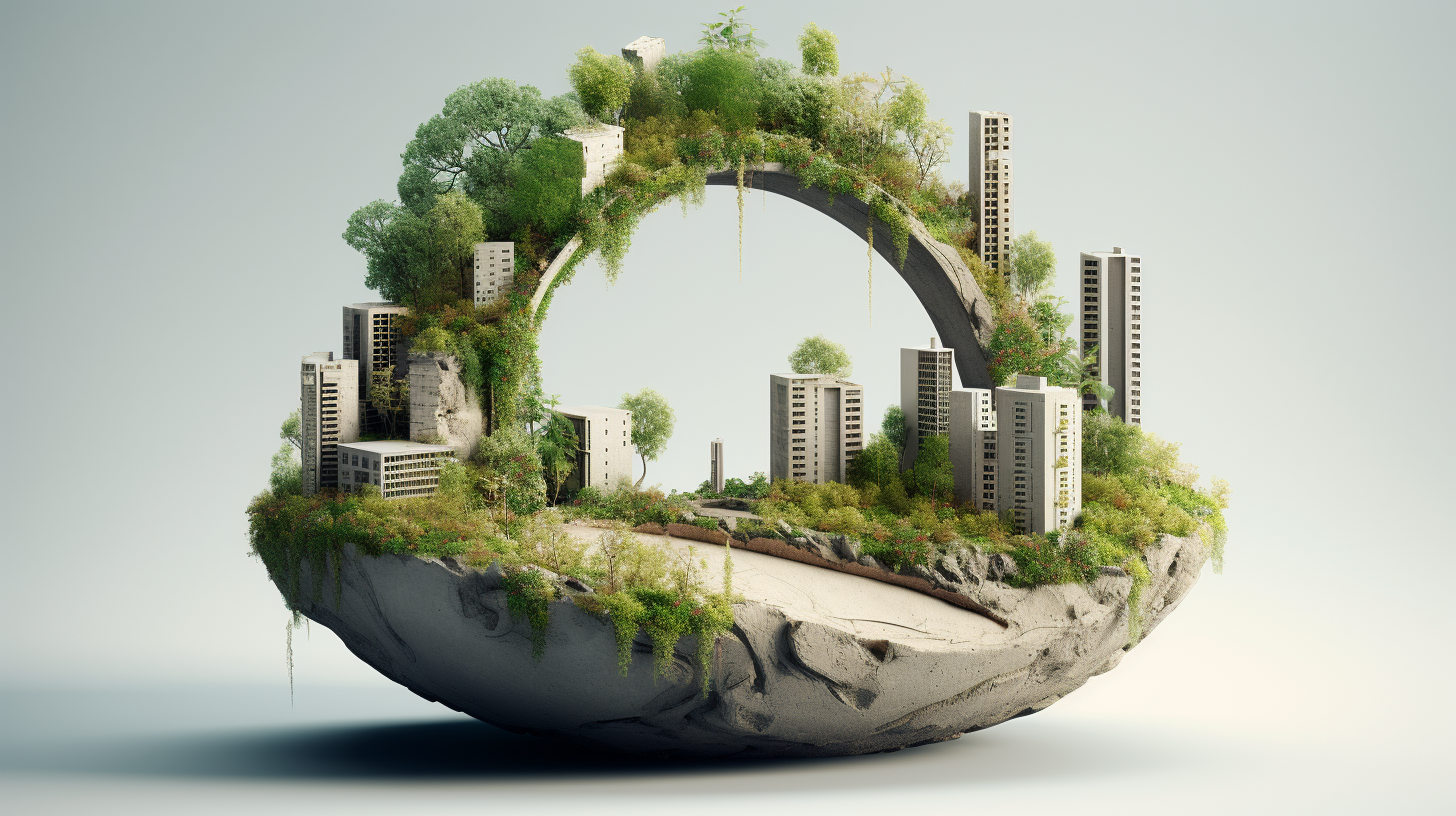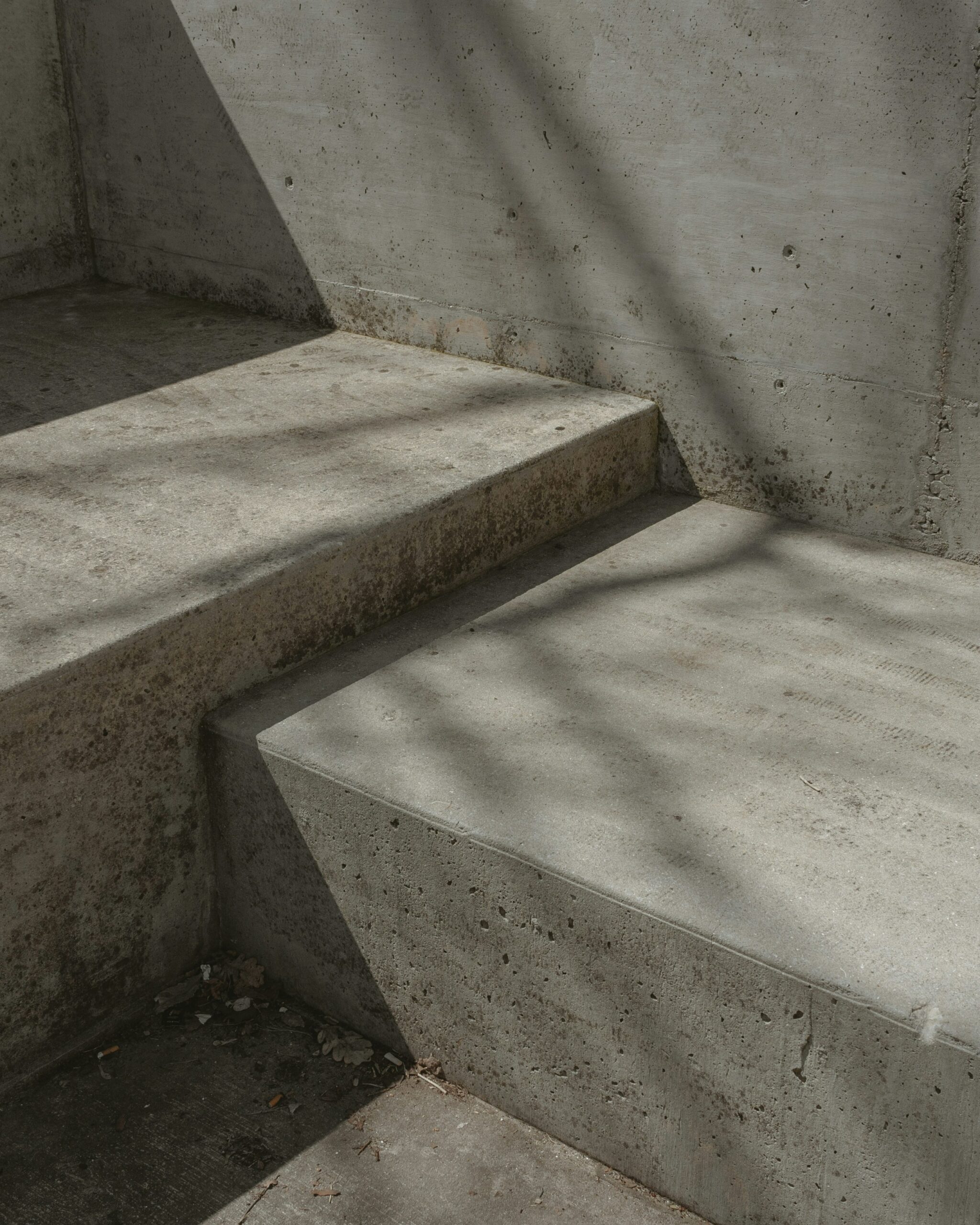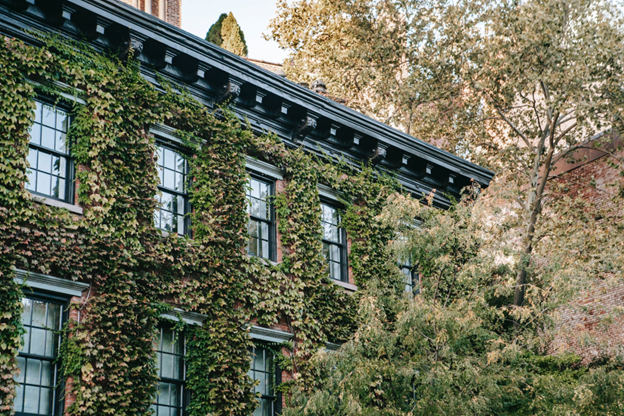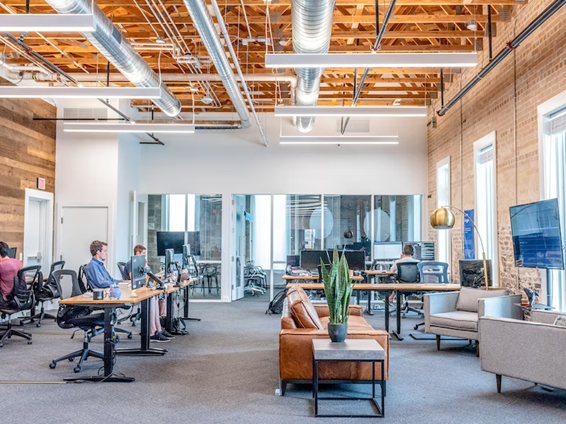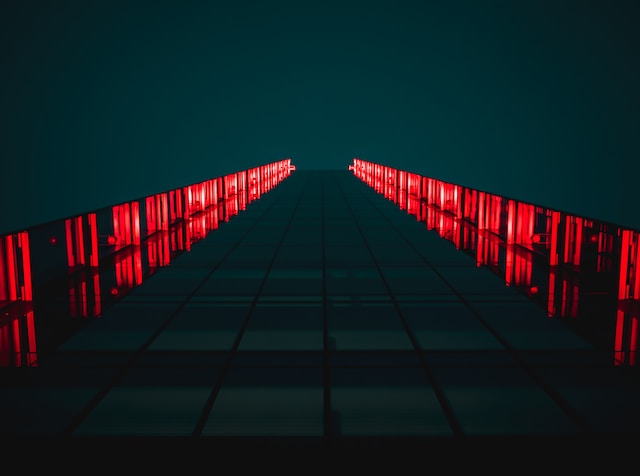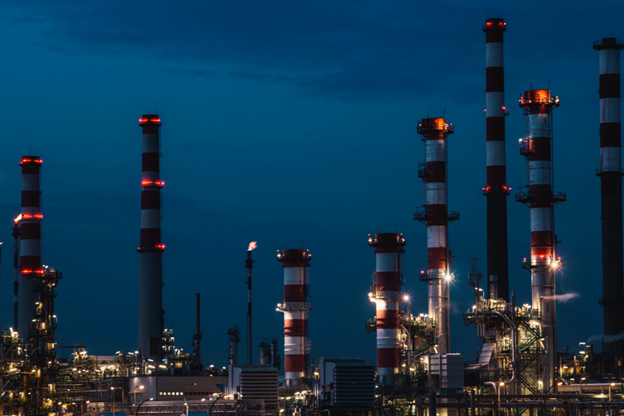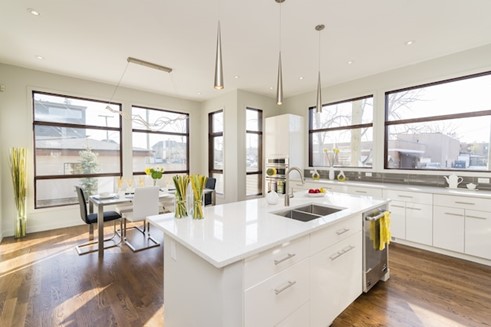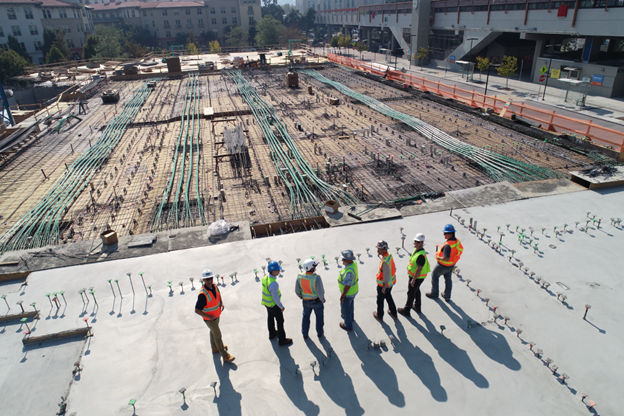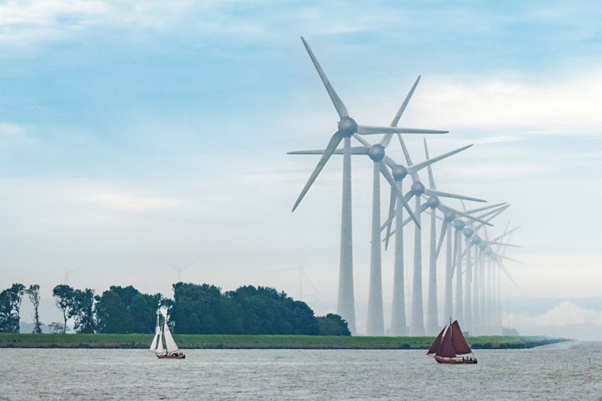LED Lights in the Office: Good for Employees and Good for the Environment
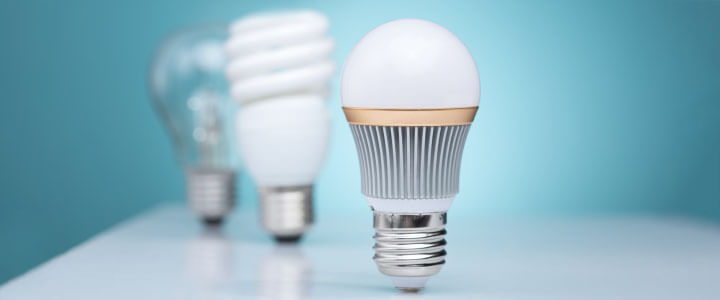
As the world becomes more and more aware of the impact modern day life is having on the environment, governments are committing to reducing CO2 emissions and bringing in rules and regulations to ensure that we look after our planet. Businesses the world over are increasingly pressured to set the example, working towards being as energy efficient and environmentally-friendly as possible.
Did you know that lighting accounts for 20% of all the energy consumption in the UK? Not only that, but it can take up as much as 35% of the average businesses electricity consumption. Lighting is often the first thing businesses look to when going more ‘green’ – and LEDs have become the go-to upgrade. INUI take us through the main reasons why…
Make Way for LEDs
Fluorescent tubes have long been the bulb of choice for offices as they are cheap, easily installed and they do the job. However, they have been known to flicker, buzz and dim with age, making the quality of light inconsistent.
Until recently, another alternative has always been halogen bulbs. On September 1st 2018, halogen bulbs were banned across Europe to make way for a continent-wide switch over to LEDs. Halogen bulbs have less of a lifespan and use around 5 times more energy than LEDs, in turn resulting in higher bills. It is thought that doing away with them will prevent more than 15m tonnes of carbon emissions a year.

Financially Friendly
Of course, as most businesses are almost always fuelled by money, the possible financial savings that come with LED lighting is hugely attractive to office buildings. Being incredibly efficient, LEDs have the potential to reduce lighting costs by as much as 90%, saving businesses thousands and providing a great return on investment. In fact, something as minor as a 20% reduction in energy costs can provide the same benefit as a 5% increase in sales for a business.
On top of this, LEDs are much tougher and more durable than their predecessors, meaning much lower maintenance costs and an impressive operating lifespan. Some can last around 70,000 hours which is an impressive 8 to 10 times longer than standard lights.
Environmental Efforts
If being energy efficient and cheap to run wasn’t enough, LEDs are also pollutant-free with no mercury, no lead, no glass and no toxic materials, making them 100% more recyclable than other bulbs whilst also reducing waste costs. They create an impressive 4 times less environmental impact than incandescent or halogen lighting, whilst also emitting little to no heat.
Traditional lighting loses almost 95% of its energy just by producing heat, but with LEDs, this figure drops massively to just 5%. This is because LEDs pass electrons through a semiconductor and consequently have no filament to wear out, meaning that they don’t get as hot. With less heat to combat in the summer months, it’s likely that your office’s air conditioning costs will also reduce.
Health Is Wealth
LEDs actually have an effect on our health and well-being. Artificial lighting can play havoc with our eyes, but research shows that LEDs are the closest lighting alternative to natural light. 90% of us spend our waking hours indoors, often at work in an office during the day, so the right lighting environment is more important than you might first think.
You may have heard of something called our circadian rhythm. The circadian rhythm is a 24-hour clock that runs in the background of your brain. It differentiates between night and day, altering out sleepiness and alertness levels. LEDs contain blue wavelengths which are known to mimic the stimulus provided by natural light – and exposure to natural light is amongst the best things that we can do for a happy, healthy mind.
Speaking of our minds – LED lighting within offices has been known to increase productivity and work performance. Amazingly, a better light environment has been known to also result in less spelling errors and improved reading speeds.
It also decreases the chances of eye strain and migraines whilst at work, along with decreasing stress and anxiety due to it mimicking natural environments. LEDs keep us happy, awake and alert with studies showing that it can actually make you more alert than coffee. A study by scientists at Mid Sweden University showed that people exposed to blue light for an hour performed better on reaction tests than those who had drunk three coffees.
Light Bulb Moment
Let’s focus on the numbers. Imagine that you have a 1000 square feet office containing 60 lights, all at 40 wattage. Based on a typical £0.1 kilowatt per hour, your existing electricity consumption stands at 27.600 kWh, leaving your running costs per year at £1,007.40. By switching to LED lighting, your new electricity consumption, (based on a 60% reduction over your current lighting installation wattage required for office use), would be 11.04 kWh, with your running costs at a much lower £402.96 – saving you more than 50%. As a result, your total annual savings would be an impressive £604.44, with your CO2 emissions savings left at 2599.09 (based on a conversion factor of 0.43 kg CO2/kWh).
To work out these savings for your office building, or your home, farm, warehouse or even street, use INUI’s LED lighting calculator. You can estimate the money and energy that your business or home could save by switching to LEDs.


